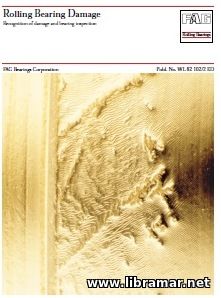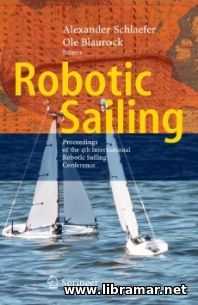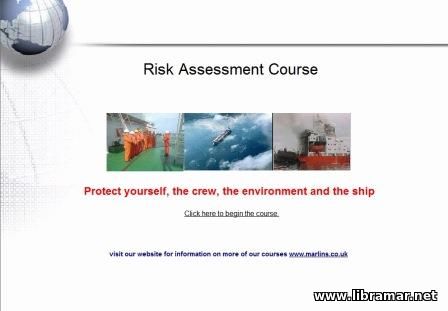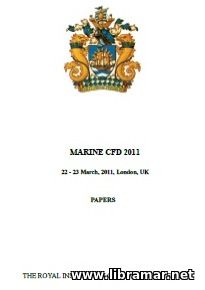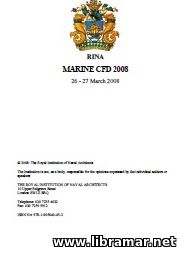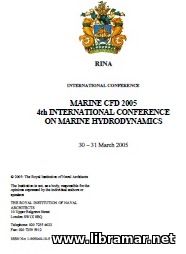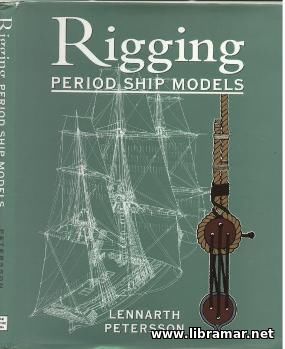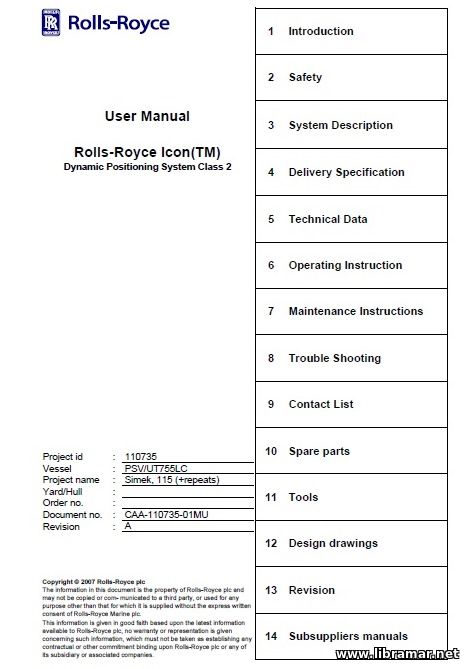
The redundant Icon DP 2 system is based on a triple controller solution with a redundant fibre-optic network. Interface to sensors and position reference systems, power system and thruster system are split into logical groups, based on class requirements and system segregation. The triple redundant controller solution features a two-out-of-three voting principle. In case of controller failure and voting rejection, the operator does not have to intervene.
The remaining two controllers are unaffected and continue the operation. The redundant network solution handles network failures locally on network level. The connected nodes do not need special functionality to handle network redundancy. With the DP system integrity preserved, the DP network is separated from networks of other applications. The DP cabinets, operator stations, sensors and position reference systems are dual powered from the redundant UPS system.
